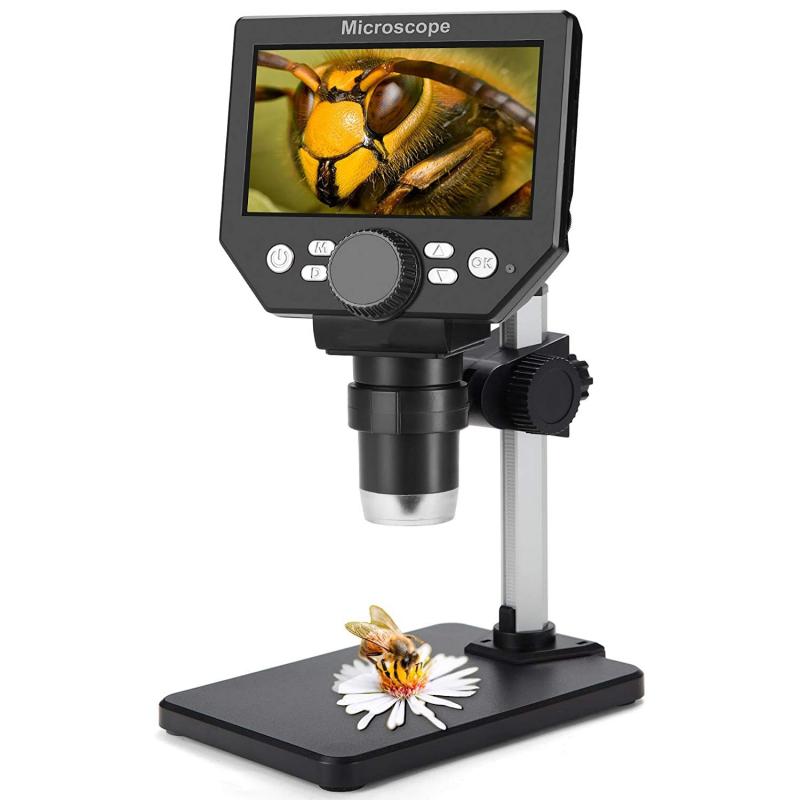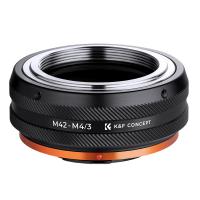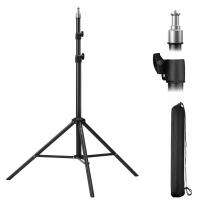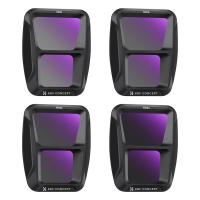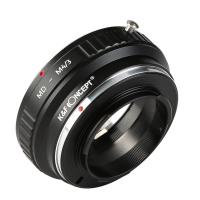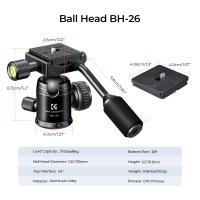What Does The Magnification On Binoculars Mean ?
The magnification on binoculars refers to the degree to which the image is enlarged when viewed through the binoculars. It is typically represented by a number followed by an "x" (e.g., 8x or 10x). The first number indicates how many times larger the object will appear compared to the naked eye. For example, with 8x magnification, the object will appear eight times larger. However, it is important to note that higher magnification does not always mean better quality. Factors such as lens quality, field of view, and stability also play a significant role in determining the overall performance of binoculars.
1、 Optical Magnification: The degree of enlargement provided by the binoculars.
What does the magnification on binoculars mean? The magnification on binoculars refers to the degree of enlargement provided by the optical system. It indicates how much closer the viewed object will appear compared to the naked eye. For example, if a pair of binoculars has a magnification of 10x, it means that the object being observed will appear ten times closer than it would to the naked eye.
However, it is important to note that magnification is not the only factor to consider when choosing binoculars. The field of view, lens quality, and overall optical performance also play crucial roles in determining the viewing experience. Higher magnification may result in a narrower field of view, making it more challenging to locate and track objects. Additionally, higher magnification can also amplify hand movements, making it harder to maintain a steady image.
In recent years, there has been a shift in the market towards lower magnification binoculars. This is because higher magnification does not always equate to better image quality. Factors such as lens quality, coatings, and overall optical design have a significant impact on the clarity and brightness of the image. Manufacturers are now focusing on improving these aspects rather than simply increasing magnification.
It is also worth mentioning that higher magnification binoculars often require the use of a tripod or some form of stabilization to achieve a steady image. This can limit their portability and convenience, especially for outdoor activities where mobility is essential.
In conclusion, the magnification on binoculars refers to the degree of enlargement provided by the optical system. However, it is just one aspect to consider when choosing binoculars, and other factors such as field of view and optical quality should also be taken into account. The latest trend in the market is towards lower magnification binoculars that prioritize image quality and overall optical performance.

2、 Effective Magnification: The perceived magnification accounting for other factors.
The magnification on binoculars refers to the degree to which the image is enlarged when viewed through the binoculars. It is typically represented by a number followed by an "x" (e.g., 8x or 10x), indicating how many times larger the object appears compared to the naked eye. However, it is important to understand that the magnification alone does not provide a complete picture of the binoculars' performance.
Effective Magnification takes into account other factors that can affect the perceived magnification. These factors include the size of the objective lens (the lens at the front of the binoculars), the quality of the optics, and the stability of the binoculars. A larger objective lens allows more light to enter the binoculars, resulting in a brighter and clearer image. High-quality optics ensure that the image remains sharp and detailed even at higher magnifications. Additionally, a stable binocular design, such as image stabilization technology or a tripod mount, can help reduce hand shake and improve the overall viewing experience.
It is worth noting that while higher magnification may seem desirable, it is not always the best choice. Higher magnification can make the image appear shakier, especially when hand-held, and can also reduce the field of view. Therefore, it is important to consider the intended use of the binoculars and the specific requirements of the user. For activities such as birdwatching or sports viewing, a moderate magnification (around 8x to 10x) is often recommended as it provides a good balance between magnification and stability.
In recent years, there has been a shift towards emphasizing the overall optical quality and user experience rather than just the magnification. Manufacturers are focusing on improving lens coatings, image stabilization technology, and ergonomic designs to enhance the viewing experience. This means that even binoculars with lower magnification can provide excellent image quality and user satisfaction.
In conclusion, the magnification on binoculars represents the degree of enlargement, but it is important to consider other factors such as objective lens size, optical quality, and stability for an accurate assessment of the effective magnification. The latest perspective in the industry emphasizes the overall optical quality and user experience, ensuring that binoculars provide a clear, detailed, and stable view regardless of the magnification.
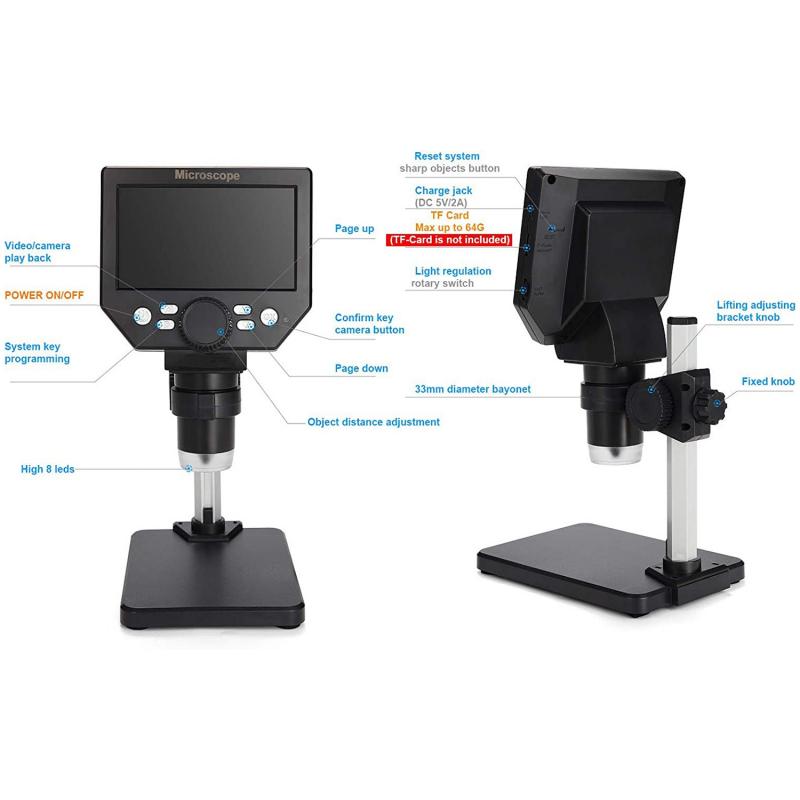
3、 Exit Pupil: The size of the light beam reaching the eye.
The magnification on binoculars refers to the degree to which the image is enlarged when viewed through the binoculars. It is typically represented by a number followed by an "x" (e.g., 8x, 10x), indicating how many times larger the image appears compared to the naked eye. For example, if you are using 8x binoculars, the image will appear eight times larger than it would if viewed with the naked eye.
However, it is important to note that magnification is not the only factor to consider when choosing binoculars. Another crucial factor is the size of the exit pupil. The exit pupil is the size of the light beam reaching the eye and is determined by dividing the diameter of the objective lens by the magnification. It is represented by a number in millimeters.
The exit pupil plays a significant role in determining the brightness of the image. A larger exit pupil allows more light to enter the eye, resulting in a brighter image, especially in low-light conditions. On the other hand, a smaller exit pupil may result in a dimmer image.
In recent years, there has been a growing trend towards larger exit pupils in binoculars. This is because a larger exit pupil provides a more immersive viewing experience, particularly for activities such as stargazing or birdwatching in low-light conditions. Additionally, a larger exit pupil can be beneficial for individuals with aging eyes, as it allows more light to reach the retina.
In conclusion, while the magnification on binoculars determines the degree of enlargement, the size of the exit pupil is equally important as it affects the brightness of the image. When choosing binoculars, it is essential to consider both factors to ensure an optimal viewing experience.
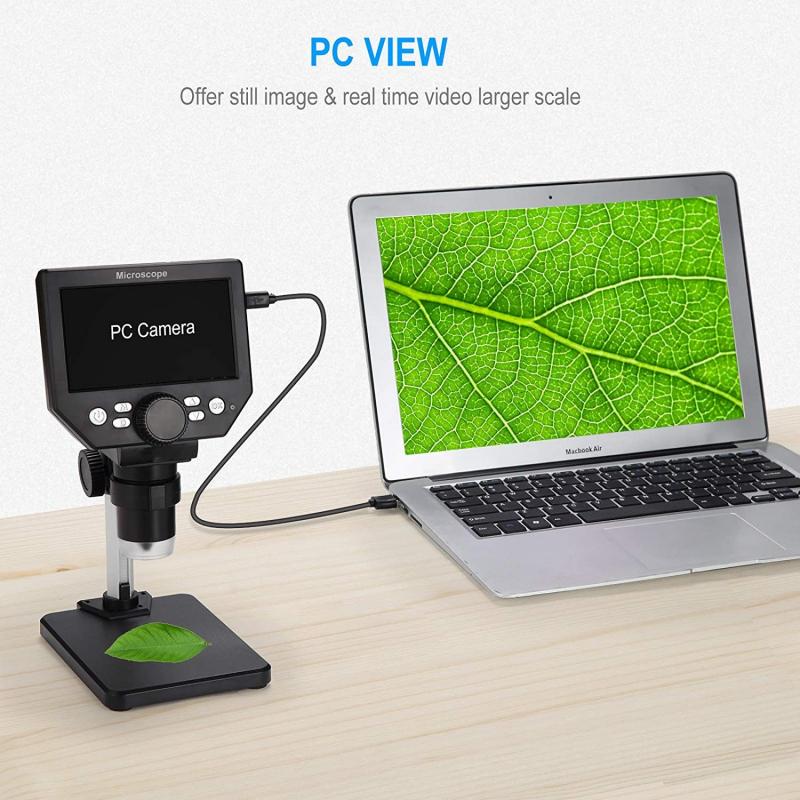
4、 Field of View: The width of the observable area at a specific distance.
The magnification on binoculars refers to the degree to which the image is enlarged when viewed through the lenses. It is typically represented by a number followed by an "x" (e.g., 8x or 10x), indicating how many times larger the object appears compared to the naked eye. For example, if you are using 8x binoculars, the object will appear eight times closer than it would if viewed without any magnification.
However, it is important to note that magnification is not the only factor to consider when choosing binoculars. Another crucial aspect is the field of view, which refers to the width of the observable area at a specific distance. A wider field of view allows you to see a larger area without having to move the binoculars. This is particularly useful when observing fast-moving objects or scanning large areas.
The field of view is influenced by both the magnification and the design of the binoculars. Higher magnification typically results in a narrower field of view, as the image is more zoomed in. On the other hand, lower magnification provides a wider field of view, allowing you to see more of the surrounding area.
In recent years, there have been advancements in binocular technology that have improved the field of view. Manufacturers have developed innovative lens designs and coatings that enhance the clarity and widen the observable area. These advancements have made it possible to achieve a balance between magnification and field of view, providing users with a better overall viewing experience.
In conclusion, while the magnification on binoculars determines the degree of enlargement, the field of view is equally important. A wider field of view allows for a more comprehensive observation, making it easier to track moving objects or survey large areas. Therefore, when choosing binoculars, it is essential to consider both the magnification and the field of view to ensure the best viewing experience.
